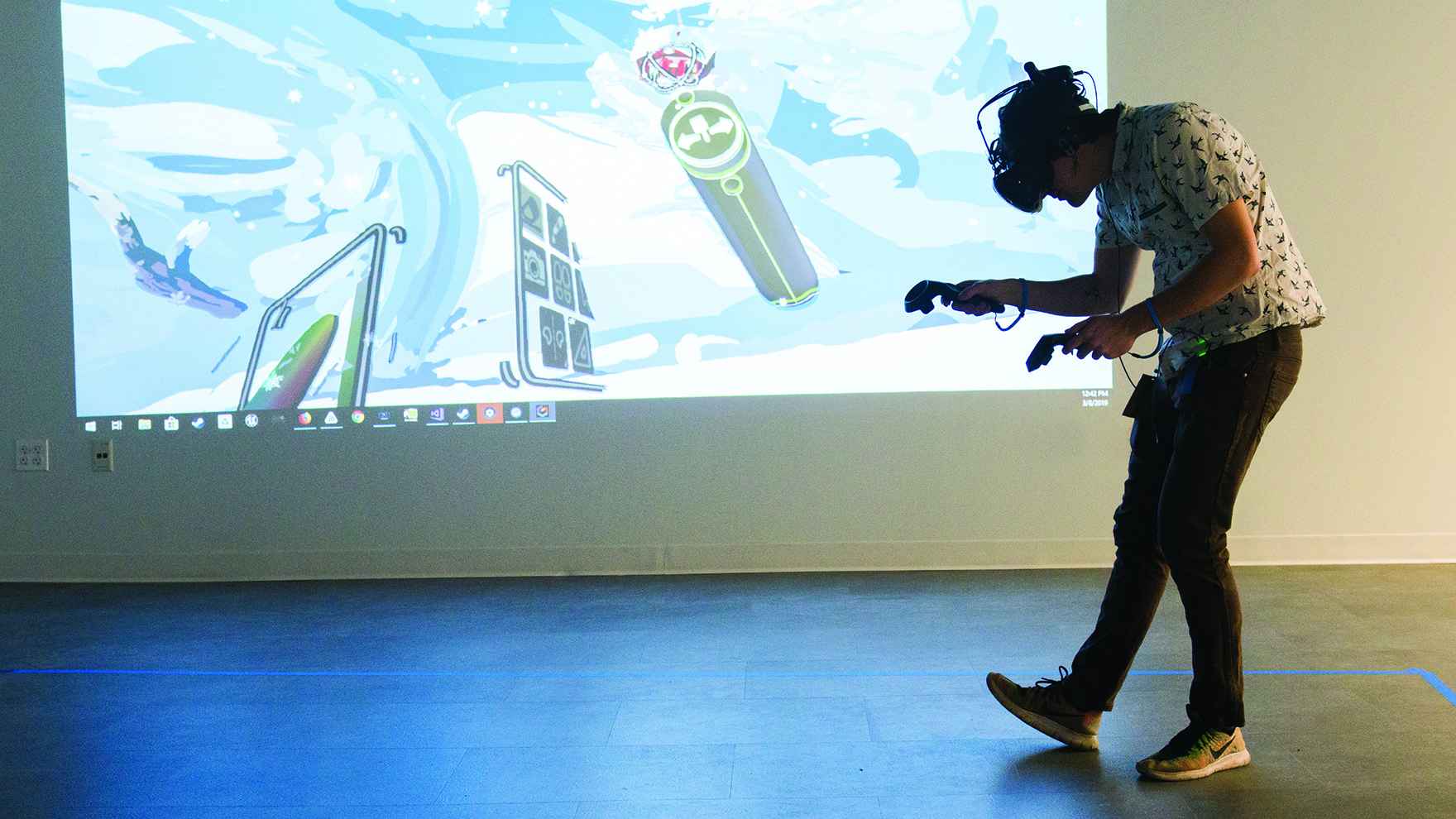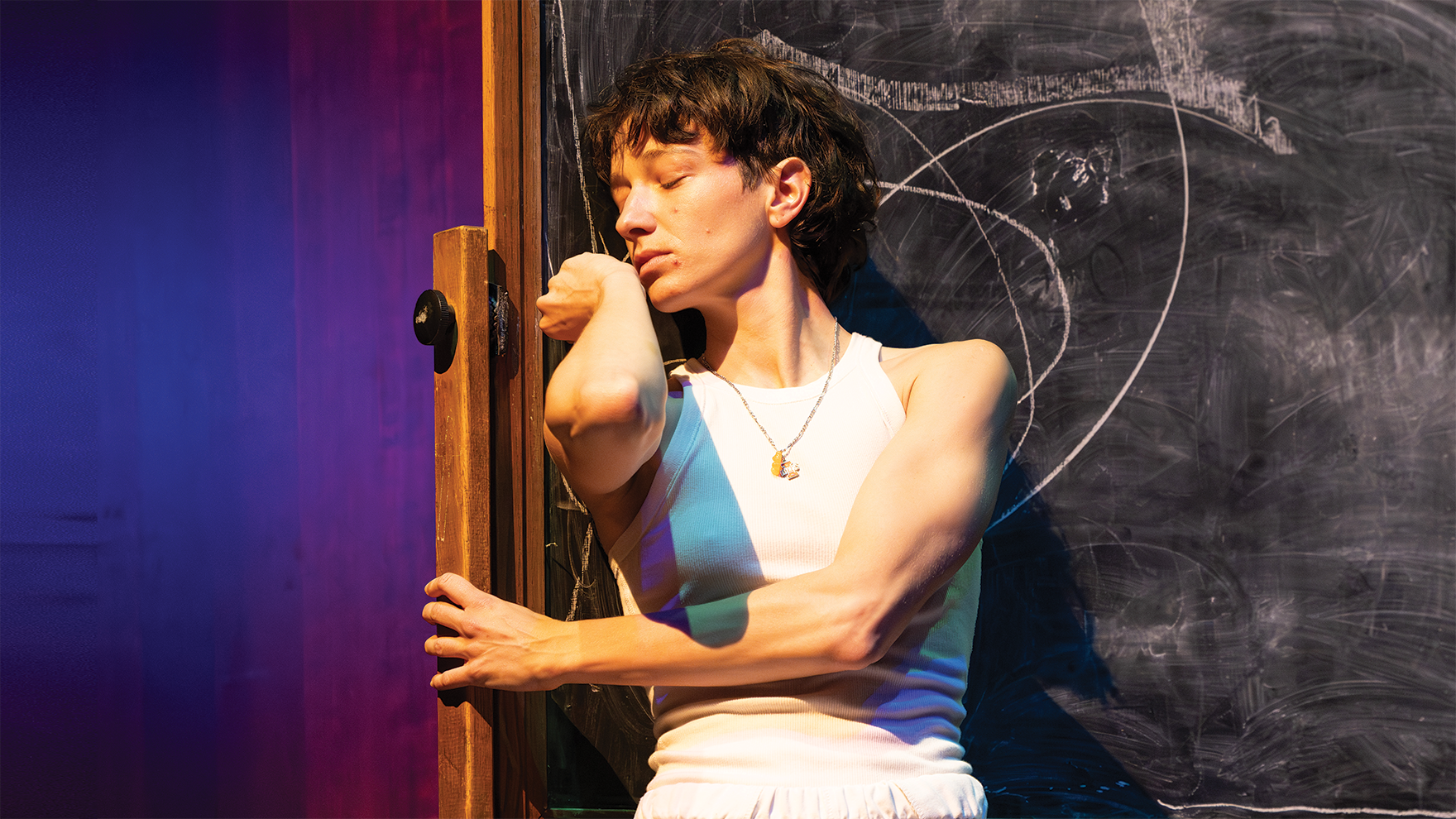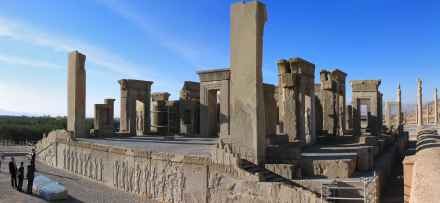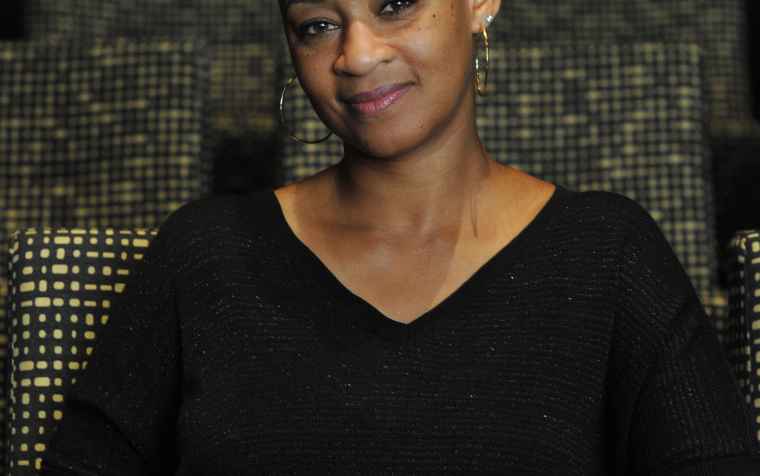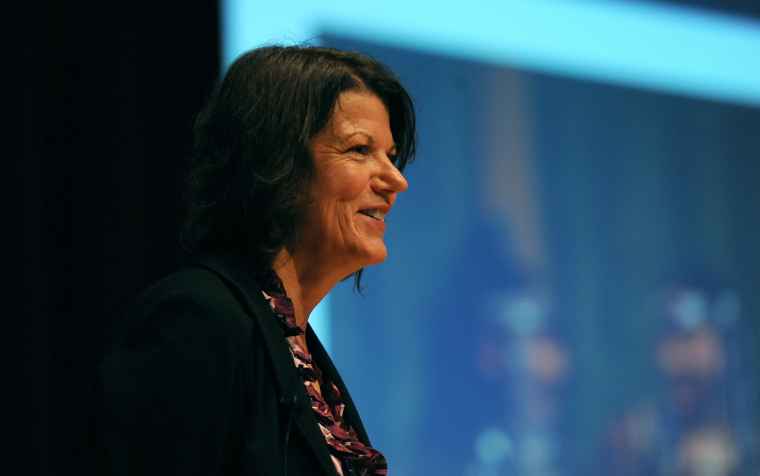Media Mentions: January 2020
The latest media mentions, quotes, profiles, and writings from Division of the Humanities faculty, students, staff, and alumni. Visit us on Twitter and Facebook for more updates.
Humanities Professor Jacqueline Stewart Watches Movies Over Your Shoulder on Airplanes
The University of Chicago Cinema and Media Studies Professor Jacqueline Stewart discusses her new gig hosting Turner Classic Movies' Silent Sunday nights for a Q&A published in the January 2020 issue of Chicago magazine.
Trump's Threat to Attack 52 Iranian Sites Draws Criticism, Concern from Humanities Professor Emeritus
An expert on Iranian culture says he was “appalled” by President Donald Trump’s threat to attack dozens of Iranian sites should Iran retaliate against a U.S. drone strike that killed Iranian Gen. Qassem Soleimani on Friday.
Beyond his years of research and teaching, professor emeritus Matthew Stolper of the University of Chicago’s Near Eastern Languages and Literatures and Oriental Institute has traveled to Iran numerous times to excavate Persepolis, an ancient city deemed a UNESCO World Heritage Site in 1979.
“I don’t know what the sites are,” Stolper said. “But of course, all of us who work on cultural heritage are fairly appalled by this.”
Two UChicago Scholars to be Honored by Modern Language Association
For her perceptive interpretations of American literature, politics and culture, Berlant will receive the 2019 Hubbell Medal for Lifetime Achievement, making her one of two UChicago faculty members to be honored this week by the Modern Language Association.
On Jan. 11 at the MLA Conference in Seattle, Berlant will be joined by Asst. Prof. Edgar Garcia, who will be recognized for his recent article on Native American pictography.
